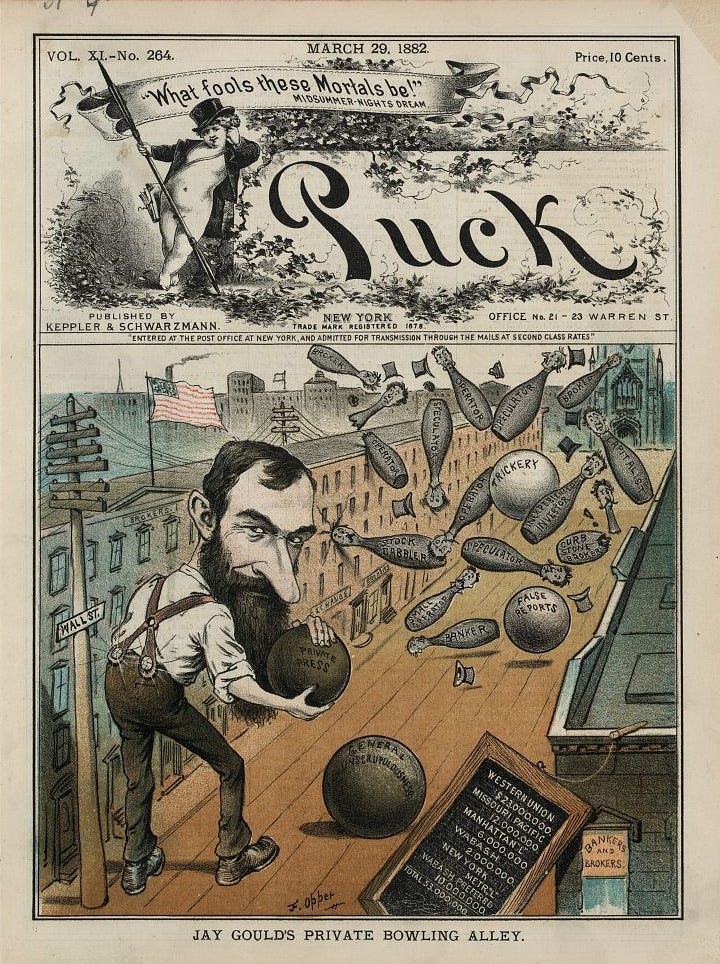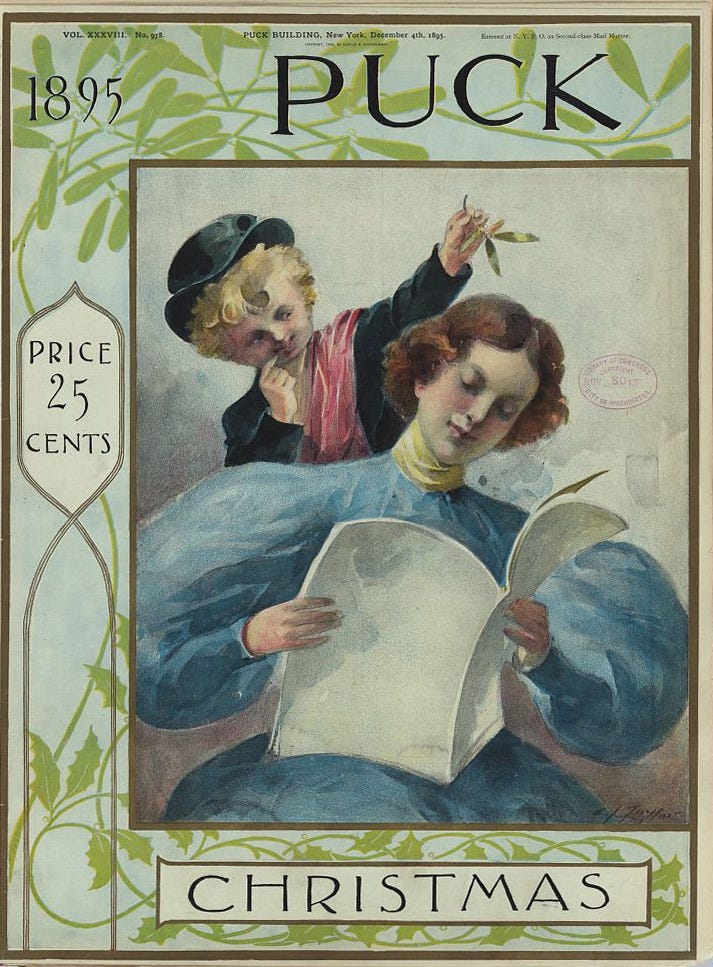Puck Magazine: A Satirical Revolution in American Publishing
Puck magazine, a pioneering satirical publication that graced American newsstands from the late 19th to the early 20th century, holds a special place in the annals of American journalism. With its distinctive blend of humor, satire, and political commentary, Puck played a pivotal role in shaping public opinion during a transformative period in American history. This article delves into the fascinating history of Puck magazine, exploring its origins, influence, and enduring legacy.
Birth of Puck
Puck magazine was conceived during a time of great change in the United States. It made its debut in New York City on March 14, 1871, during the aftermath of the Civil War and Reconstruction era. Its birthplace was the bustling metropolis of New York City, and its founders were two German immigrants, Joseph Keppler and Adolph Schwarzmann. These visionary editors saw an opportunity to fill a void in American journalism: the need for a satirical publication that could entertain and inform the masses.
The magazine's name was inspired by Shakespeare's mischievous character "Puck" from "A Midsummer Night's Dream." Puck's motto, "What Fools These Mortals Be!" captured the essence of the publication's satirical mission.
Visual and Editorial Innovation
One of Puck's most distinguishing features was its vivid, full-color, and often politically charged cartoons. At a time when black-and-white illustrations dominated periodicals, Puck's vibrant illustrations were groundbreaking. These political cartoons, created by talented artists like Louis Dalrymple and Frederick Burr Opper, added depth and humor to the magazine's content.
The magazine's editorial approach was equally innovative. Puck combined humor and satire with sharp political commentary. It tackled serious issues of the day with wit and insight, critiquing politicians, exposing corruption, and advocating for social justice. Puck's ability to make complex political topics accessible through humor endeared it to a broad readership.
Political Influence
During the late 19th century, American politics were characterized by intense partisanship, corruption, and social upheaval. Puck magazine became a platform for political satire and commentary, using humor to influence public opinion. Its cartoons and articles targeted both major political parties, lampooning politicians and depicting them as larger-than-life caricatures.
One of Puck's most iconic cartoons, "The Bosses of the Senate" by Joseph Keppler, portrayed the corrupting influence of corporate interests in the U.S. Senate. This powerful image helped galvanize public opinion and played a role in the eventual passage of the Seventeenth Amendment, which established the direct election of senators by the people.
The magazine also championed progressive causes, including women's suffrage and workers' rights. It actively supported the suffrage movement through its cartoons and editorials, helping to raise awareness and garner public support for the cause.
Cultural Impact
Puck magazine was more than just a political publication; it was a cultural phenomenon. It influenced not only the political landscape but also the broader American culture. Puck's cartoons and illustrations became part of the cultural lexicon, shaping public perceptions of politicians and political events.
The magazine also played a significant role in defining American humor. Puck's witty commentary and satirical edge set the tone for future satirical publications and paved the way for the emergence of comic strips and political cartoons as a staple of American media.
Decline and Legacy
Despite its influence and popularity, Puck magazine faced challenges in the early 20th century. The rise of new media formats, such as radio and film, began to overshadow print publications. Moreover, the onset of World War I led to a shift in public priorities, reducing interest in political satire.
In 1918, Puck published its final issue, marking the end of an era. However, its legacy endured. Many of the artists and writers associated with Puck went on to contribute to other publications, leaving an indelible mark on American humor and satire.
Puck magazine was a trailblazing publication that left an indelible mark on American journalism, politics, and culture. Its innovative use of humor and satire to address serious political and social issues set a precedent for future generations of satirists and cartoonists. Puck's influence on American political discourse, its pioneering use of colorful illustrations, and its role in championing progressive causes make it a pivotal chapter in the history of American media.
Though Puck magazine may have ceased publication nearly a century ago, its spirit lives on in the tradition of satirical commentary and political caricature that continues to shape the American media landscape today. In a world that often takes itself too seriously, Puck reminds us of the enduring power of humor to shed light on the foibles of politics and society.







